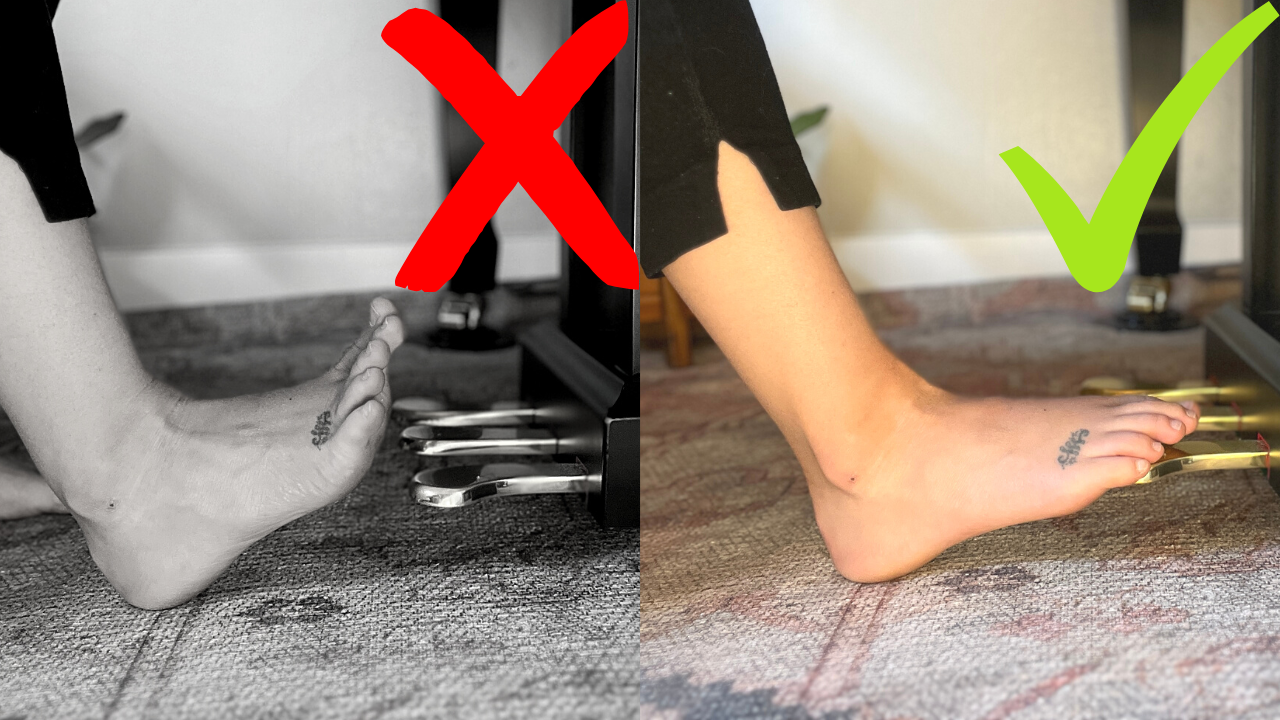Mastering Damper Pedal Technique: A Step-by-Step Guide
Aug 18, 2023
Are you looking to elevate your piano playing to the next level? Do you want your music to sound cleaner, more polished, and truly musical? If so, you're in luck!
In today's tutorial, we're going to explore a powerful exercise that, when practiced correctly, can transform your damper pedal technique forever. This exercise is not only versatile but can be adapted to any piece of music you're learning. Whether you're a beginner or an experienced pianist, mastering your pedal technique can make a significant difference in your overall performance. So, let's dive into the steps that will lead you to better pedal control and a more captivating sound.
Step 1: Understand the Rhythm in Relation to the Pedal
One of the keys to effective pedal technique is knowing exactly when to pedal. This knowledge ensures a seamless and harmonious transition between chords and notes. Even if your sheet music lacks pedal markings, fear not. You can write your own pedal indications to guide your practice. Begin by identifying the beats on which you'll be pedaling. In our example, let's assume a four-four time signature. Mark down the pedal changes on your sheet music and align them with the corresponding beats. This initial step sets the foundation for the exercise and lays the groundwork for improved pedal control.
Step 2: Choose a Small Section of Music
To focus your practice, select a small section of the music you're working on. This could be as brief as a single measure or even just a portion of a measure, depending on the complexity and tempo of the piece. The goal is to concentrate your efforts on a manageable segment, ensuring that you can truly master the pedal technique before expanding to larger sections.
Step 3: Strengthen the Brain-Foot Connection
The core of this exercise revolves around building a strong connection between your brain and your foot. While it might seem unusual, a significant portion of this exercise is done without playing any notes on the piano. Place your foot on the pedal and count out loud, providing clear directions to your foot on when to pedal up and down. For legato pedaling, it's crucial to ensure the pedal change happens right after the downbeat, preventing any awkward gaps in the sound. Counting the beats out loud not only reinforces the timing but also integrates the pedal changes into the structure of the piece.
Step 4: Repeat with Precision
Consistency is key to a successful pedal technique. To ensure mastery, repeat the exercise accurately at least 10 times in a row. Avoid the temptation to overlook mistakes and continue. If you encounter errors, start over until you can consistently execute the pedal changes flawlessly. This repetition reinforces the brain-foot connection and solidifies the pedal changes in your muscle memory.
Step 5: Apply the Technique While Playing
Once you've achieved consistent accuracy in the previous steps, it's time to put your hard work to the test. Now, play the selected section while counting out loud and signaling your foot to pedal up and down at the designated moments. Strive for the same level of precision you achieved during the practice without playing. By combining the physical act of playing with the mental focus on pedal changes, you'll enhance your overall pedal technique and musicality.
Mastering the damper pedal technique can greatly enhance your piano playing, adding depth and musicality to your performances. By following these five steps – understanding the beats you're pedaling on, selecting a small section of music, strengthening the brain-foot connection, repeating with precision, and applying the technique while playing – you'll be well on your way to achieving cleaner and more captivating pedal technique. This exercise is not limited to a single piece of music; adapt it to your repertoire, and watch as your pedal control transforms across all your piano endeavors. Remember, consistent practice is the key to mastering any skill, and with dedication, your pedal technique will reach new heights, making your piano playing truly shine.
If you want to get personalized feedback on your piano technique so that you can play as beautifully as the music you hear in your head, get on the waitlist for Casual to Confident Piano Player so that you’ll be the first to know the next time the program opens enrollment!
Sight reading is the secret sauce behind beautiful and accurate piano playing that no one’s talking about!
Stay connected with news and updates!
Join our mailing list to receive the latest news and updates from our team.
Don't worry, your information will not be shared.
We hate SPAM. We will never sell your information, for any reason.
